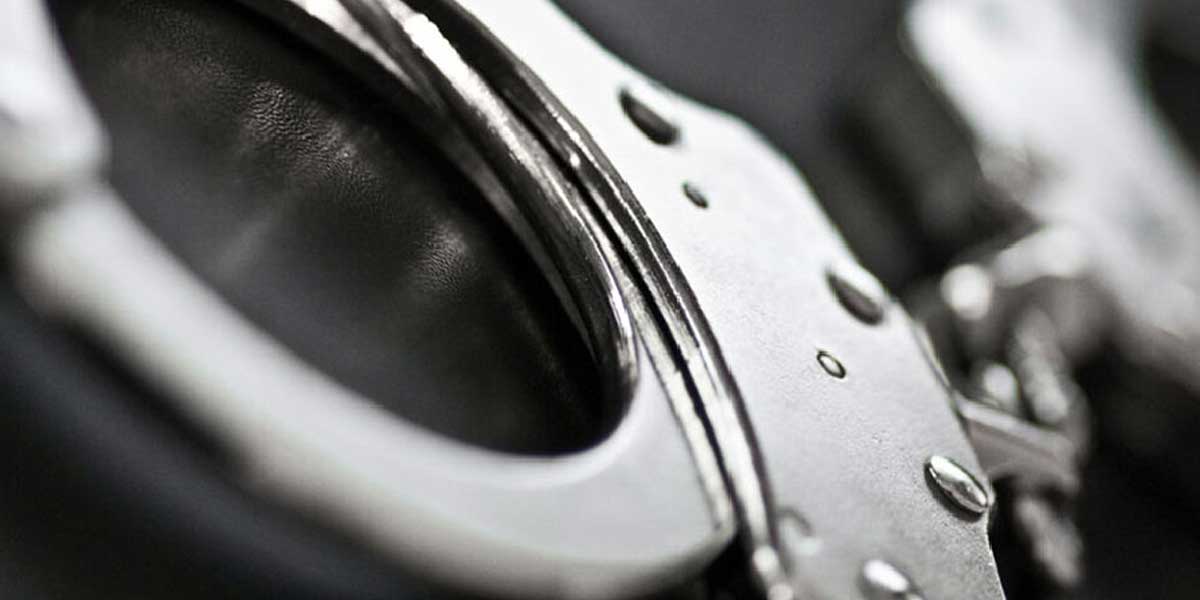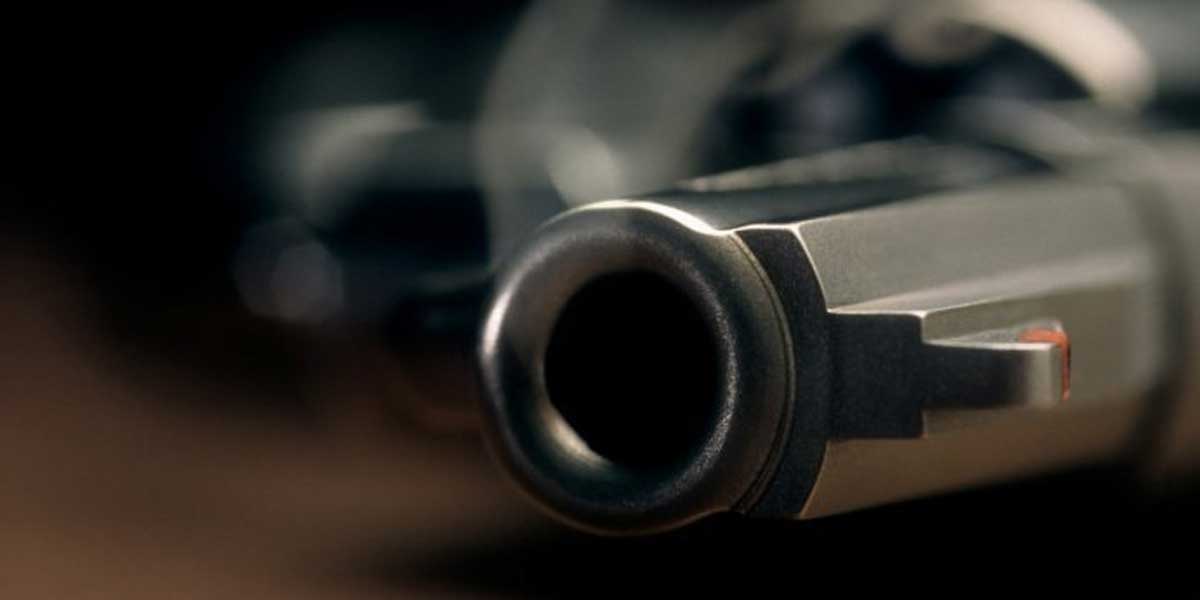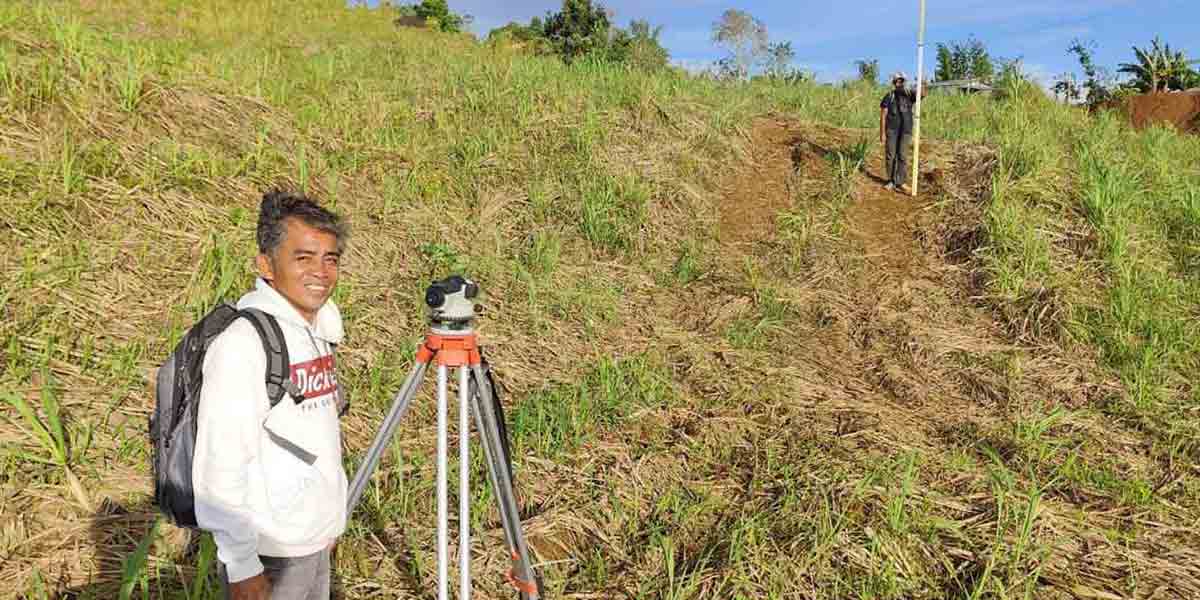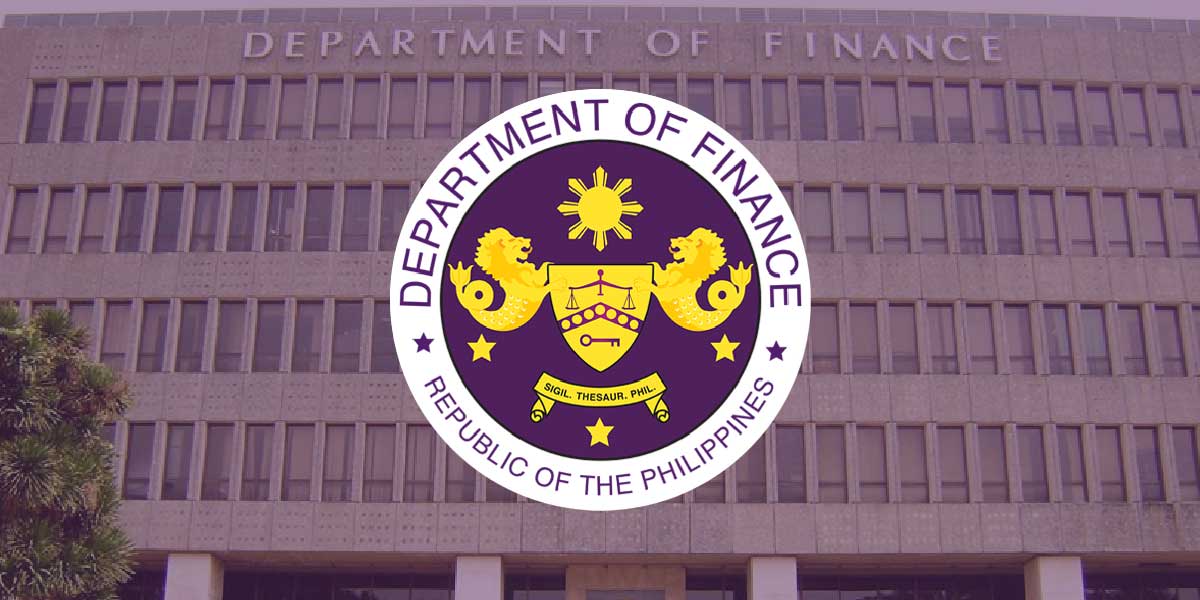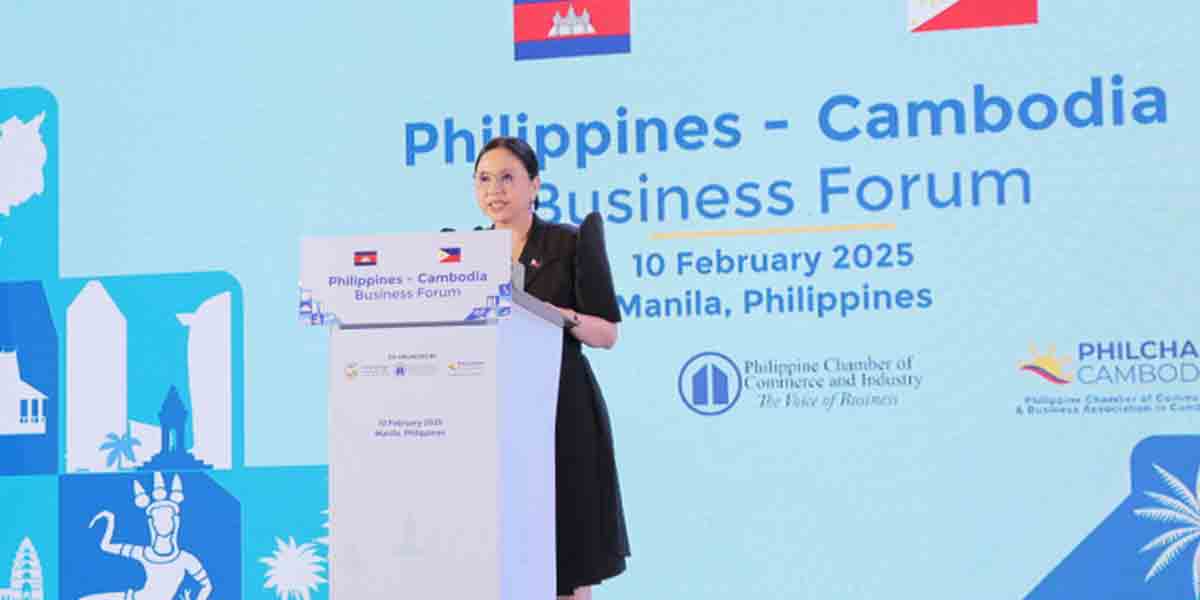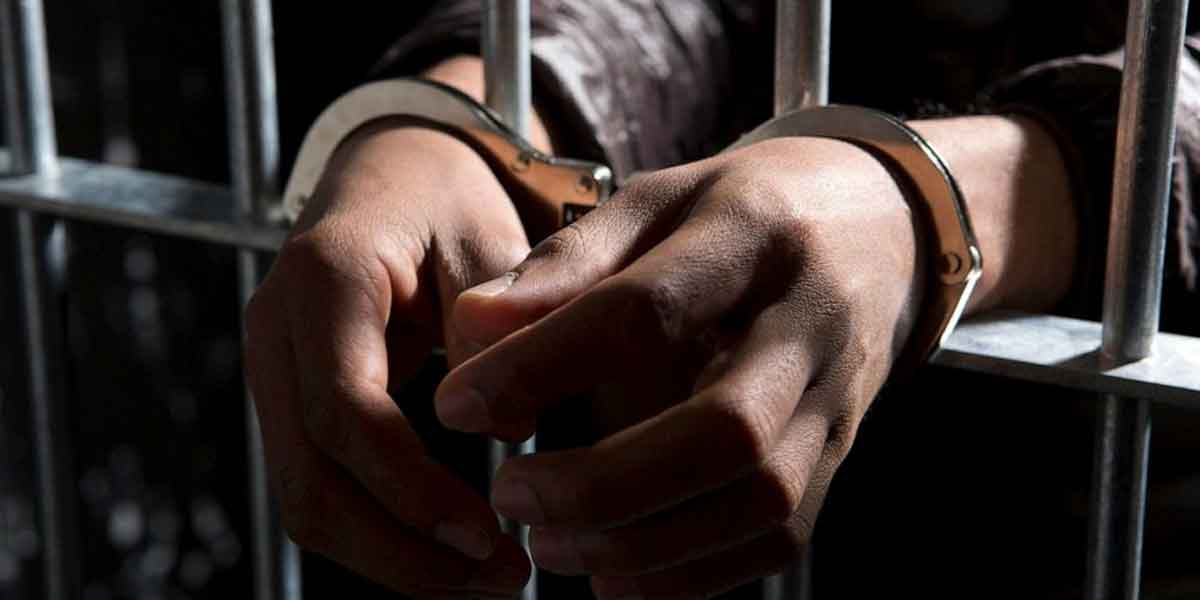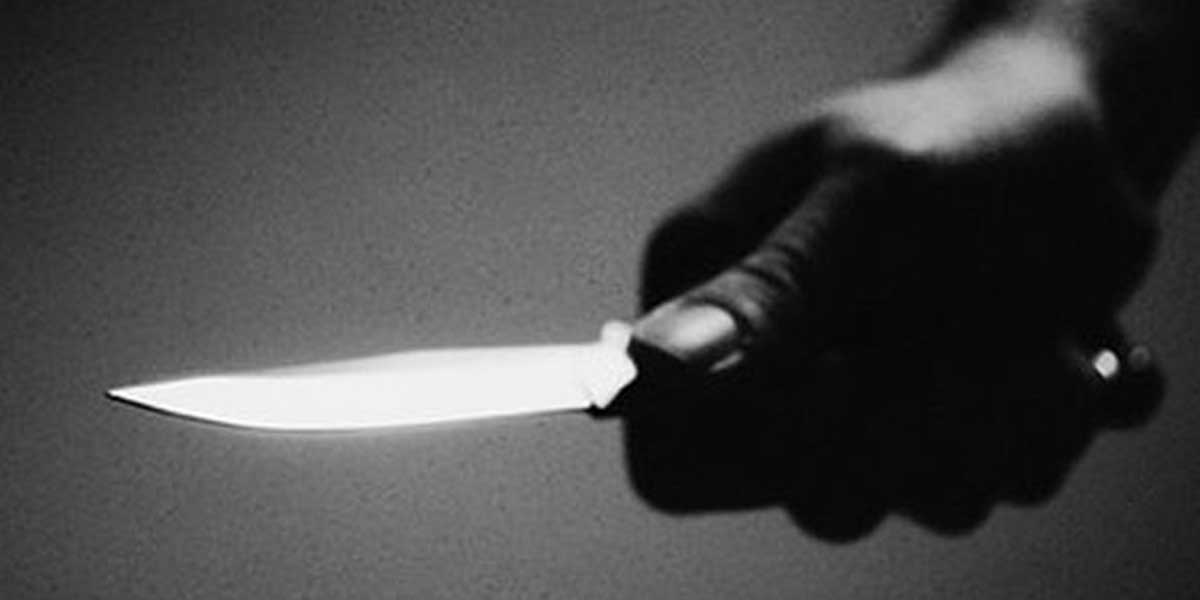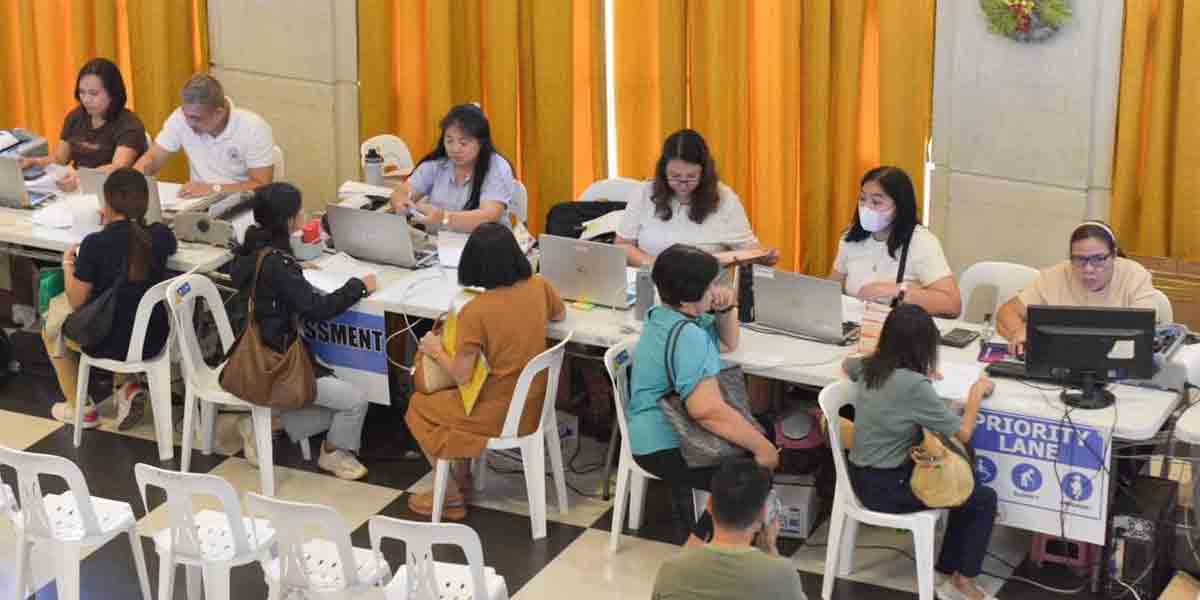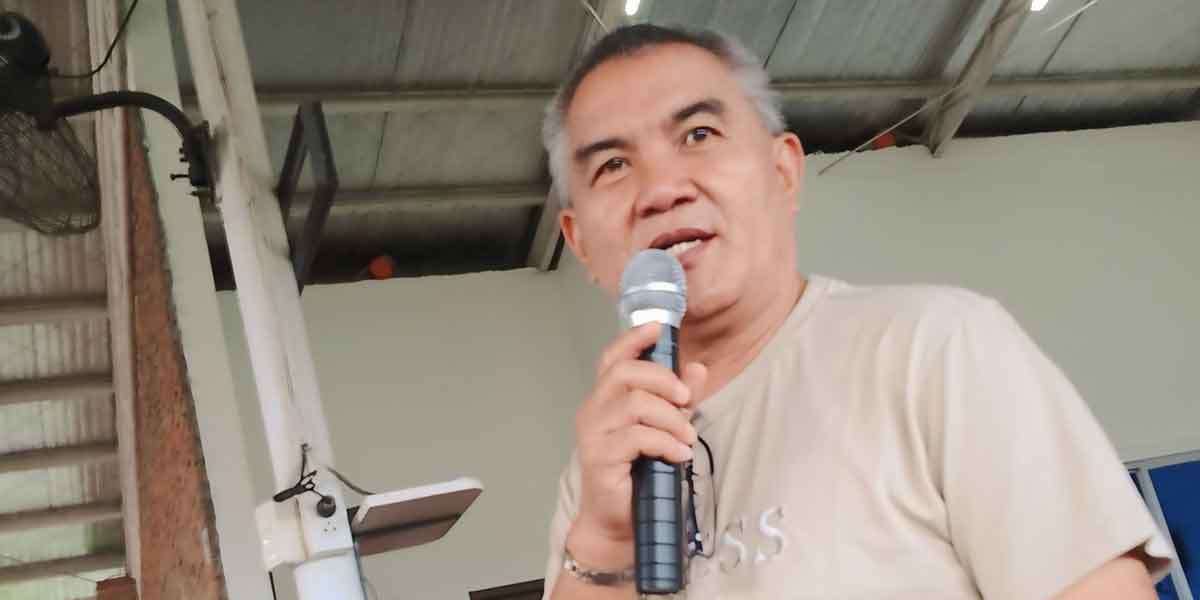 By Herbert Vego
By Herbert Vego
“SI Mark tahimik lang…”
If it sounds familiar, it really is. Whether on TV or on radio, it portrays Mark Villar as a quiet leader who works even while others are asleep.
Is it a subtle announcement that Department of Public Works and Highways (DPWH) Secretary Mark Villar is running for senator in 2022?
Sad to say, however, it accurately reminds us of his deafening silence vis-à-vis the damage done by a DPWH worker while dredging with a pay loader the Bio-os River in Barangay Jagna, Amlan in Negros Oriental last June 15. The equipment accidentally damaged one of the two submarine cables of the National Grid Corp. of the Philippines (NGCP).
The damage reduced the capacity of the interconnection by 50 percent, causing congestion in power flow.
This has resulted in the increase of the bill rates imposed by the power distribution utilities, namely MORE Electric and Power Corp. (MORE Power) and the electric cooperatives in the Visayas. MORE Power, which used to charge the lowest rate of P6.45 per kilowatt-hour, had to jack up its residential rate to P7.99/kWh. The three branches of the Iloilo Electric Cooperative (ILECO), on the other hand, upped their rates from more or less P11 to P13.
The hikes, however, do not benefit the power distributors; they merely pass on to consumers the “line rentals” and “congestion charges” imposed by the Philippine Electricity Market Corporation (PEMC)
But why pass on to the power consumers the financial liability for damage done by DPWH? With an estimated 26 months that the NGCP needs to rehabilitate the damaged submarine cable, it would therefore take that long for the paying consumers to “suffer”.
A former regional manager of the Philippine Ports Authority, Winfred Elizalde, wrote to this writer his opinion: “DPWH cannot run away from its obligation to pay damages. It is the principal and hence must be held liable for the acts of its agent, the contractor, for the damage. A dredging operation plan must be strictly followed unless a deviation due to unforeseen reasons emerges which must be made known to the principal (DPWH) before proceeding. A flimsy reason of deviation from the plan simply is not acceptable.”
Indeed, on the premise that Pedro’s fault is not Juan’s, logically it’s the DPWH that is the liable party, and therefore should shoulder the cost of cable rehab.
As every Ilonggo now knows, this “injustice” prompted the Sangguniang Bayan of Pavia, Iloilo to file a resolution asking 2nd Dist. Rep. Mike Gorriceta to find a way to enable MORE Power to replace the Iloilo Electric Cooperative 1 (ILECO-1) as their power distributor. They cited the former’s cheaper rates (by three pesos) over the latter’s.
All the other municipalities of the district adopted the same clamor. The residents of the 4th District likewise relayed the same sentiment to Cong. Braeden John Biron. In fact, the two congressmen have already filed a bill (HB 10258) to replace ILECO 1 with MORE Power as their distribution utility.
The management of MORE Power had not expected that snowballing clamor. When MORE Power President Roel Z. Castro questioned the hiked rates in two letters to Energy Regulation Commission (ERC) chair Agnes Devanadera, it was nothing more than “a selfless act in behalf of our customers,” to quote MORE spokesman Jonathan Cabrera;
Iloilo City Mayor Jerry P. Treñas and the heads of the Iloilo Business Club (IBC), the Filipino-Chinese Chamber of Commerce of Iloilo, Inc. (FCCCII), and the Iloilo Economic Development Foundation, Inc. (ILEDF) had also urged Devanadera to intervene with a swift and decisive action to resolve the problem.
“We would therefore appeal for your help in whatever form so that the electricity rates in the City of Iloilo would revert back to Php 6.45/kwh and help us navigate the hard times during this pandemic situation,” FCCCII said in a letter to the ERC chief.
To make the long story short, the ERC directed the PEMC to refund the electricity consumers the two-month charges complained of, thus reverting to previous rates. This refund would probably show up in the slashed September bills.
Now is the time for Secretary Villar to stop being tahimik.
—0—
ACCURACY OF SWAB TESTS DOUBTFUL
THIS writer has been receiving complaints on the accuracy of RT-PCR swabs. Imagine the harm done on people testing “false positive” and therefore have to undergo a 14-day quarantine.
Take the case of my inaanak Lord Leomer Pomperada, 30, president of World Youth Associatin (WAY) who had spent a long vacation with his mom Merlyn in San Jose, Antique. Due to the urgency of returning to his office In New York City, he underwent a rapid test in San Jose and was declared “negative”.
As a rule, however, the specimen had to be confirmed via RT-PCR test at the Metro Iloilo Hospital and Medical Center in Jaro, Iloilo City on September 6, 2021. He paid P4,000 for that and another P4,000 for ambulance service.
“Oh no!” Leomer screamed on reading the result: “Positive for SARS Cov-2”. Hence, his doctor in San Jose asked him to be quarantined.
Mommy Merlyn came to the rescue by insisting that Lord be retested at the molecular laboratory of the Philippine Red Cross (PRC) on September 8. And lo, his saliva test turned out negative. He had to fly.
On arriving in New York, he had another test at Medrite Laboratory, confirming the correctness of the “negative” result from the PRC.
The same experience having been reported, it can only be inferred that the accuracy of RT-PCR test kits from China should be thoroughly investigated.
I remember that when the first 100,000 test kits from China found their way into the Metro Manila office of the Department of Health (DOH) in March 2020, no less than Health Undersecretary Maria Rosario Vergeire said on March 28 of that year, “Sa mga naunang pinadala sa amin na test kits ng China na nakapagpakita ng 40% accuracy, hindi po natin ito ginamit.”
Earlier, there were news reports saying that Spain had rejected 58,000 test kits from China because these had only 30% detection rate.
I wonder if Pharmally has imported the same kits. and whether these are the ones being passed on to molecular labs.
Indi ayhan?



